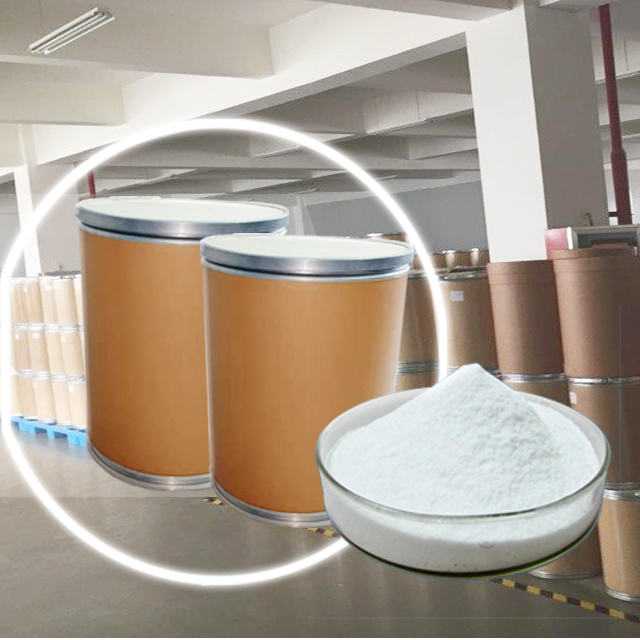| Message: | Biological buffers may be chemical substances that we know little about but are extremely important for our survival, whether it is the presence of acetic acid and sodium acetate, sodium bicarbonate and carbonic acid, sodium dihydrogen phosphate and disodium hydrogen phosphate in our body, etc. Or is it the tris buffer used in biology experiments, or the addition of HEPES to control the reaction in chemical experiments, they help us in another world. Today, the editor of Desheng will take everyone to get to know the ubiquitous biological buffer.
NO.1 tris (tromethamine)
Tris is currently the most widely-available biological buffer in the market, and it is also an important pharmaceutical intermediate, bulk drug, etc. The annual usage is calculated by 10,000 tons.
NO.2 Bicine (N,N-Dihydroxyethylglycine)
NO.3 HEPES (4-hydroxyethylpiperazine ethanesulfonic acid)
NO.4 CAPS (3-(cyclohexylamine)-1-propanesulfonic acid)
NO.5 MOPS (3-morphine propanesulfonic acid)
The biological buffers independently developed and produced by Desheng include tris, Bicine, HEPES, CAPS, MOPS, etc., which can satisfy R&D customers have special requirements for product types, packaging and purity. Desheng adheres to its own brand operation and has very rich experience in the production and development of biological buffers. If you need to learn more about biological buffers, please visit Desheng Technology's official website. |
 my account
my account
 log out
log out
 my account
my account
 log out
log out
